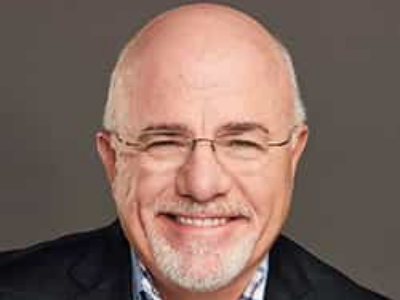AP has declared winners in elections for nearly 180 years. This is why and how race calls are made
News > National News

Audio By Carbonatix
6:43 AM on Sunday, November 2
By MAYA SWEEDLER
WASHINGTON (AP) — Will Zohran Mamdani be elected New York City mayor? Who will be the next governor of New Jersey? Will California adopt a new congressional map?
Those are among the questions The Associated Press will answer when the news organization tabulates votes and declares winners in hundreds of races that are on ballots nationwide Tuesday.
It's a role the AP has filled for nearly 180 years, since shortly after its founding.
Determining a winner involves a careful and thorough analysis of the latest available vote tallies and a variety of other election data. The ultimate goal is to answer this question: Is there any circumstance in which the trailing candidate can catch up to the candidate who is leading the race. If the answer is no, then the leading candidate has won.
Here's a look at the AP's role and its process for determining the outcome of elections, also known as calling a race:
The United States does not have a nationwide body that collects and releases election results. Elections are administered locally, by thousands of offices, following standards set by the states. In many cases, the states themselves do not even offer up-to-date tracking of election results.
The AP fills this gap by compiling vote results and declaring winners in elections, providing critical information in the period between Election Day and the official certification of results, which typically takes weeks.
The AP’s vote count brings together information that otherwise might not be available online for days or weeks after an election or is scattered across hundreds of local websites. Without national standards or consistent expectations across states, it also ensures the data is in a standard format, uses standard terms and undergoes rigorous quality control.
The AP hires vote count reporters who work with local election officials to collect results directly from counties or precincts where votes are first counted. These reporters submit them, by phone or electronically, as soon as the results are available. If any of the results are available from state or county websites, the AP will gather the results from there, too.
In many cases, counties will update vote totals as they count ballots throughout the night. The AP is continuously updating its count as these results are released. In a general election, the AP will make as many as 21,000 vote updates per hour.
As votes are coming in, the AP will analyze races to determine the winners.
One key piece that the AP considers is how many ballots are uncounted and from what areas. In cases where official or exact tallies of the outstanding vote are unavailable, the AP estimates the turnout in every race based on several factors and uses that estimate to track how much of the vote has been counted and how much remains.
The AP also tries to determine how ballots counted so far were cast and the types of vote, such as mail ballots or ballots cast in person on Election Day, that remain.
That is because the method that voters choose can be correlated to the party they voted for. Since voting by mail became highly politicized in the 2020 election, Democrats have been more likely to vote by mail, while Republicans have been more likely to vote in-person on Election Day.
In many states, it is possible to know which votes will be counted first, based on past elections or plans announced by election officials. In others, votes are clearly marked by type when released.
This helps to determine if an early lead is expected to shrink or grow. For example, if a state first counts votes cast in person on Election Day, followed by mail-in votes, that suggests that an early Republican lead may narrow as more mail ballots are tabulated. But if the reverse is true and mail ballots are counted first, an early Republican lead could be the first sign of a comfortable victory.
In almost all cases, races can be called well before all votes have been counted. The AP’s team of election journalists and analysts will call a race as soon as a clear winner can be determined.
In competitive races, AP analysts may need to wait until additional votes are tallied or to confirm specific information about how many ballots are left to count.
Competitive races where votes are actively being tabulated — for example, in states that count a large number of votes after election night — might be considered “too early to call.” A race may be “too close to call” if a race is so close that there is no clear winner even once all ballots except for provisional and late-arriving absentee ballots have been counted.
The AP’s race calls are not predictions and are not based on speculation. They are declarations based on an analysis of vote results and other election data that one candidate has emerged as the winner and that no other candidate in the race will be able to overtake the winner once all the votes have been counted.
___
Follow along as AP tabulates votes and calls races beginning Tuesday night. Check out results pages and notes from the decision team here.












